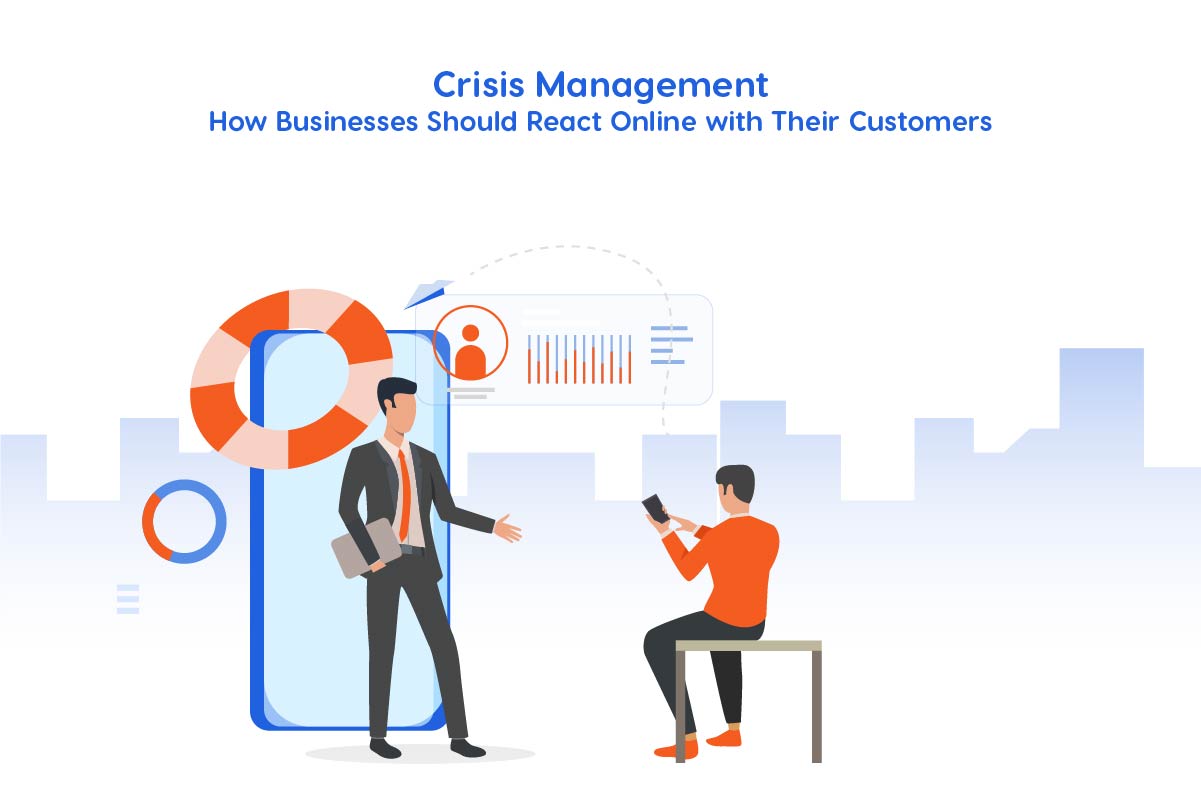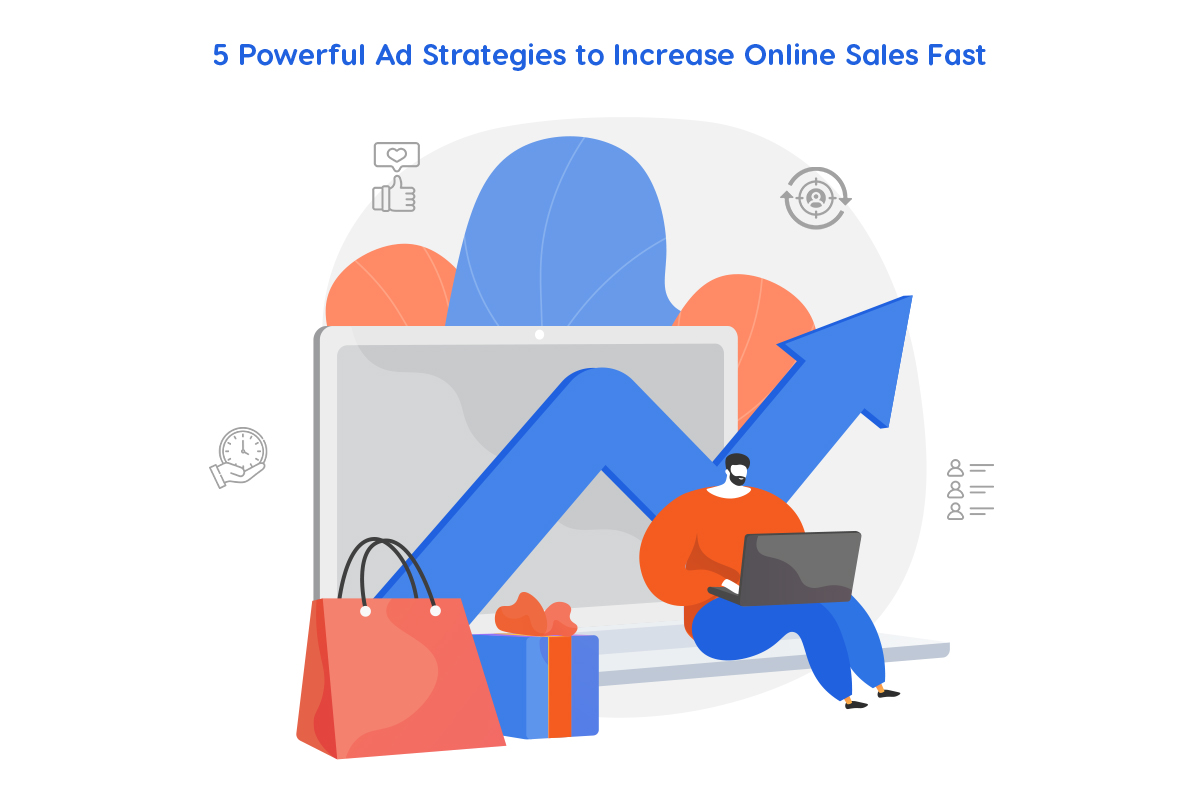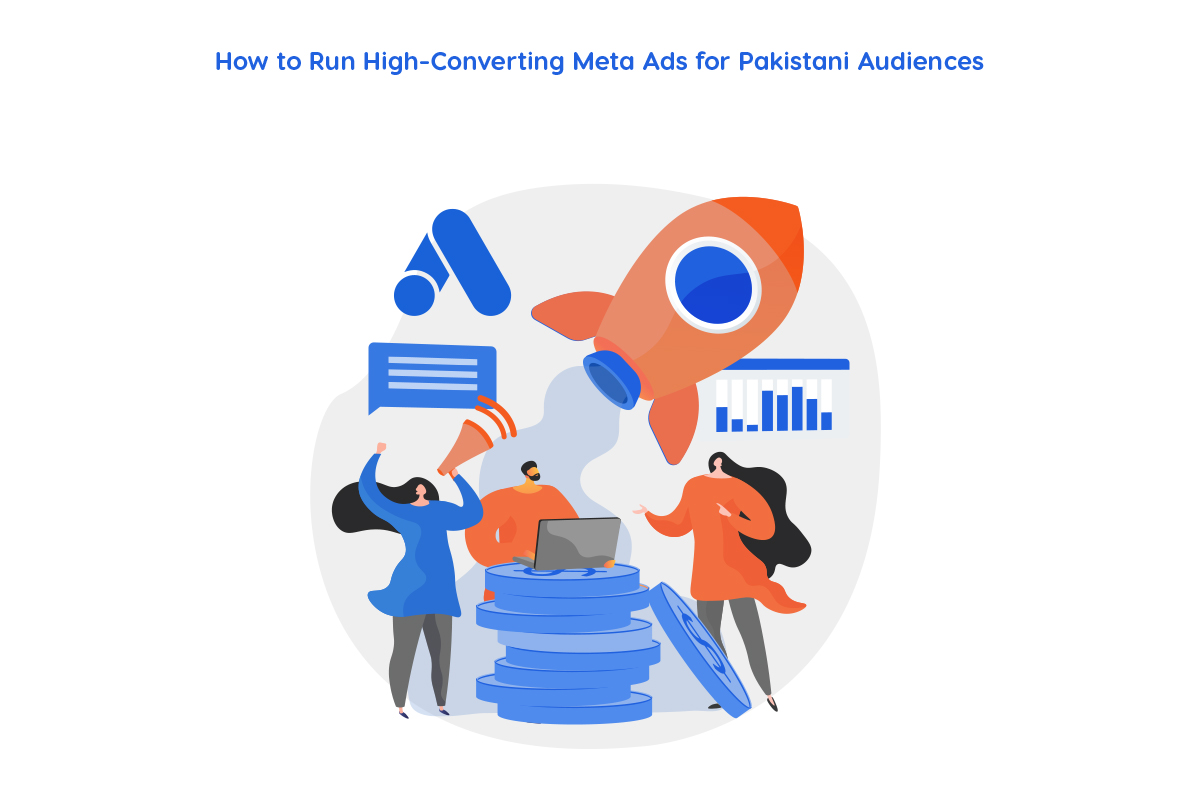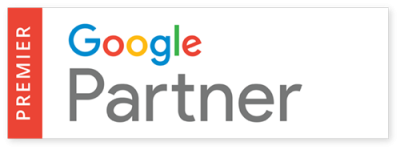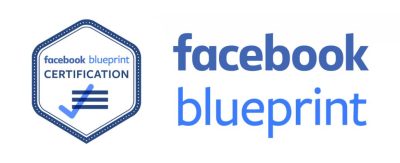In today’s digital marketing industry, Google Ads and Facebook Ads are two of the most effective advertising platforms, each offering unique benefits. In 2023, Google Ads generated approximately $237.8 billion, accounting for over 77% of Google’s total revenue. Google Ads helps businesses reach potential customers actively searching for products or services, making it ideal for capturing high-intent leads. On the other hand, Facebook Ads leverages user interests, behaviors and demographics to target the right audience, making it great for brand awareness and engagement. As of 2025, Facebook boasts 3.06 billion active users every month, making it the most used social media platform worldwide. These best platform for your business depends on your goals, budget and target audience. This guide by Tashheer’s team will break down the key differences to help you make the right choice. The best platform for your business depends heavily on your specific goals, target audience and the nature of your products or services.
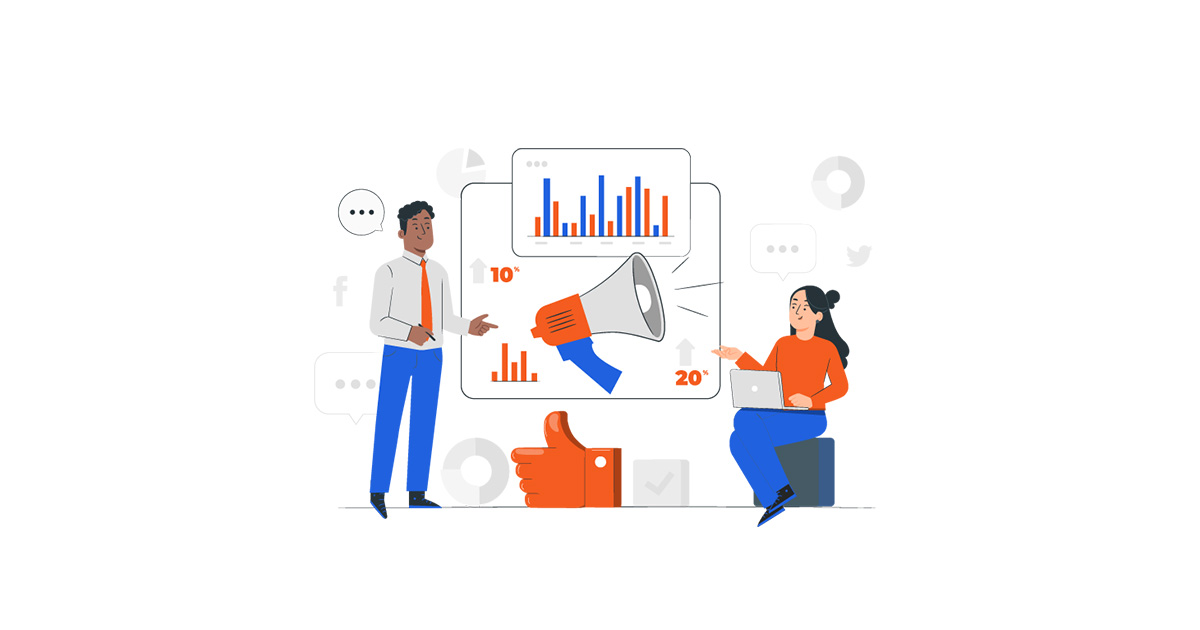
How to mute meta AI assistant on Facebook, Instagram, and WhatsApp? Let’s read more about it.
What is Google Ads?
Google Ads is an online advertising platform developed by Google that allows businesses to display ads on Google’s search engine results pages, YouTube and the Google Display Network. It operates on a pay-per-click model, meaning advertisers only pay when users click on their ads. Google Ads helps businesses target customers based on keywords, location, demographics and browsing behavior. It is particularly effective for businesses looking to capture high-intent users actively searching for products or services.
Pros of Google Ads
Here is the list of pros and cons of Google Ads, mentioned as:
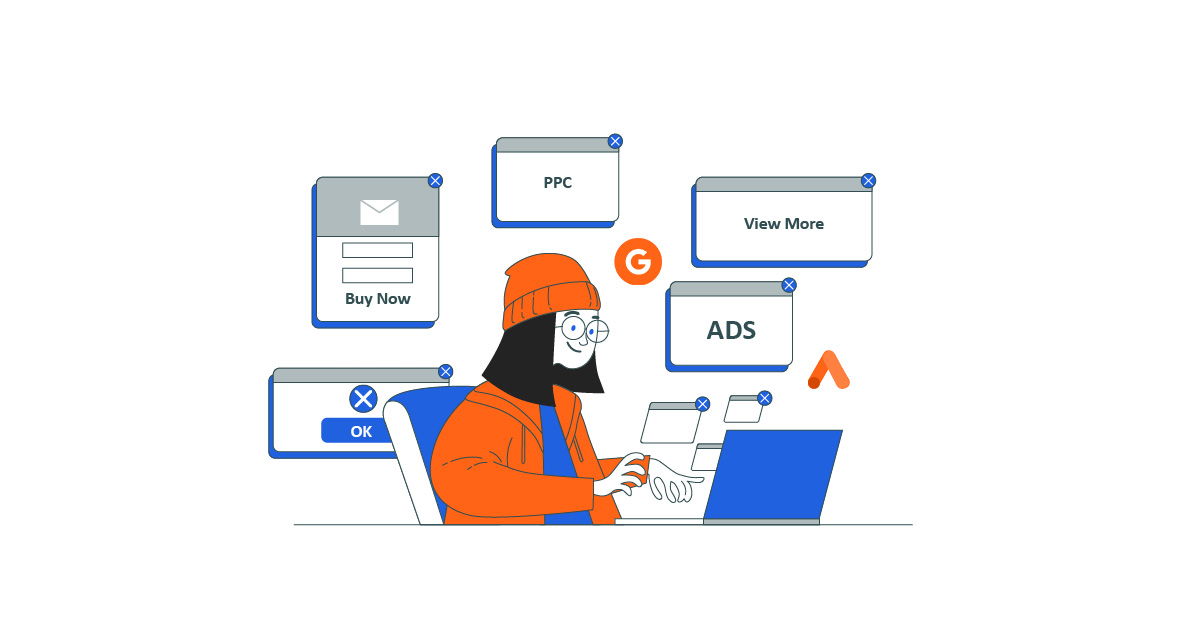
High-Intent Traffic
Google Ads targets users who are actively searching for specific keywords, meaning they already have a clear intent to paragraph1purchase or learn more. This results in higher conversion rates compared to other platforms. If someone searches for “best running shoes,” they are likely ready to buy, making them a prime candidate for your ad.
Massive Reach
Google is the most widely used search engine, processing billions of searches daily. This gives your ads unparalleled visibility across a global audience. Your ads can appear on Google Search, YouTube, Gmail, and millions of partner websites.
Flexible Budgeting
Google Ads operates on a pay-per-click model, allowing you to set a daily budget and only pay when someone clicks on your ad. This makes it accessible for businesses of all sizes. Small businesses can start with as little as $10/day and still see results.
Advanced Targeting Options
You can target users based on keywords, location, device, time of day, and even their browsing behavior. This ensures your ads are shown to the most relevant audience. A local bakery can target users searching for “birthday cakes near me” within a 10-mile radius.
Measurable Results
Google Ads provides detailed analytics, allowing you to track clicks, impressions, conversions, and ROI in real time. This makes it easy to optimize campaigns for better performance. You can see which keywords are driving the most conversions and adjust your strategy accordingly.
Variety of Ad Formats
Google Ads offers multiple ad formats including search ads, display ads, video ads, shopping ads and app promotion ads. This allows you to tailor your campaigns to your specific goals. E-commerce businesses can use Google Shopping Ads to showcase product images, prices, and reviews directly in search results.
Quick Results
Unlike SEO which can take months to show results, Google Ads can drive traffic and conversions almost immediately after launching a campaign. A new online store can start generating sales within days of setting up a Google Ads campaign.
Potential Drawbacks and Limitations of Using Google Ads for Your Business
While Google Ads can drive traffic and sales, high costs, competitive bidding, and constant optimization are required to achieve profitable results.
| Aspect | Google Ads – Pros | Google Ads – Cons | Facebook Ads – Pros | Facebook Ads – Cons |
|---|---|---|---|---|
| Audience Targeting | High-intent users actively searching | High competition for popular keywords | Advanced targeting based on demographics, interests, and behaviors | Less intent-driven; users may not be actively looking for products |
| Cost | High ROI potential with optimized campaigns | Expensive for competitive industries | Generally lower CPC, cost-effective for small businesses | Costs can rise depending on audience and bidding strategy |
| Ease of Use | Powerful features for campaign control | Steep learning curve, complex setup | User-friendly interface, simple ad creation | Requires continuous testing and optimization |
| Ad Formats | Text ads, display ads, YouTube ads | Limited visual engagement | Visual and interactive formats like videos, carousels, and stories | Users may experience ad fatigue due to frequent exposure |
| Retargeting | Strong remarketing capabilities | Susceptible to click fraud | Excellent retargeting options for abandoned carts and website visitors | Privacy concerns and iOS restrictions impact tracking |
| Ad Visibility | Appears at the top of search results | Users may skip ads due to “ad blindness” | Massive reach with over 2.9 billion users | Organic reach is declining; paid ads are necessary |
| Management Effort | Requires ongoing bid adjustments and testing | No guaranteed ROI, constant monitoring needed | Detailed analytics and insights for optimization | Must keep up with changing algorithms and trends |
| Best For | Businesses needing immediate leads and conversions | Can be costly for startups with low budgets | Brand awareness, audience engagement, and visual storytelling | May not work well for niche B2B services |
Why Facebook remove a network of accounts operated from Pakistan for coordinated inauthentic behavior? Let’s read more about it.
Challenges and Limitations of Using Facebook Ads for Business Marketing
Here is the list of Cons of Facebook Ads for Pakistani businesses, mentioned as:
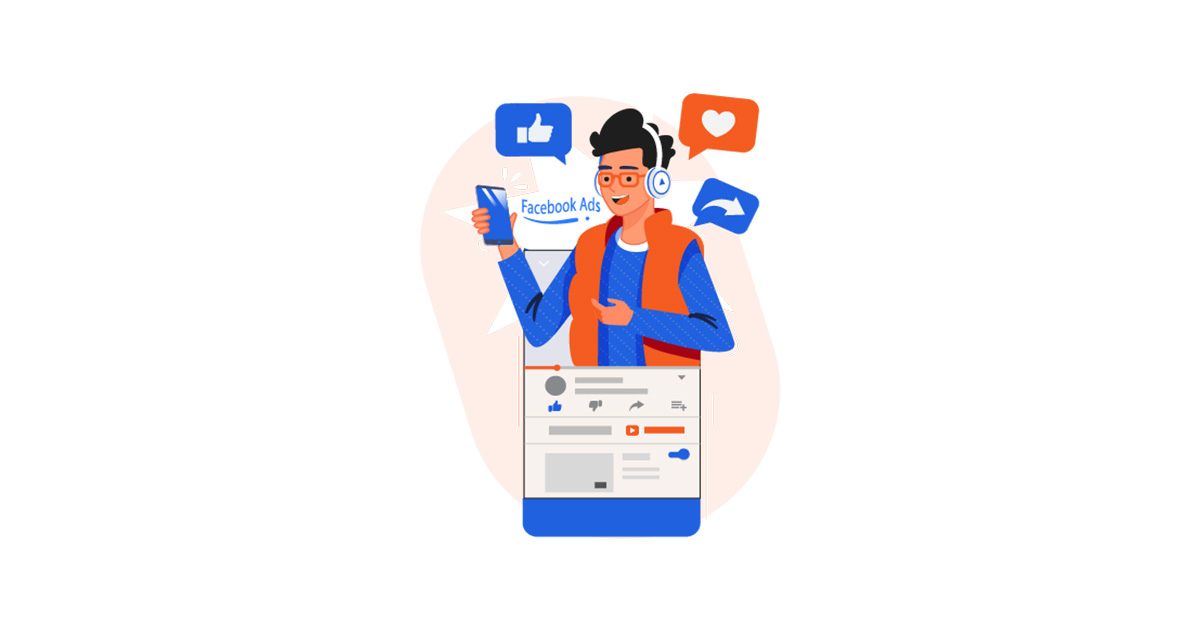
Lower Purchase Intent
Unlike Google Ads where users are actively searching for products or services, Facebook users are typically scrolling through their feeds for entertainment.
Ad Fatigue
Overexposure to ads can lead to ad fatigue where users become desensitized to your ads. This can reduce engagement and effectiveness over time.
Algorithm Changes
Facebook frequently updates its algorithm, which can impact ad performance. Businesses must stay updated and adapt their strategies to keep up with these changes.
Declining Organic Reach
Organic reach on Facebook has declined over the years, meaning businesses must rely more on paid ads to reach their audience. This can increase advertising costs.
Competition and Rising Costs
As more businesses advertise on Facebook, competition for ad space has increased, leading to higher costs in some niches.
Limited Attention Span
Facebook users often scroll quickly through their feeds, giving your ads only a few seconds to capture their attention.
Google Ads vs. Facebook Ads: Key Differences
Here’s a comparison table highlighting the key differences between Google Ads and Facebook Ads
| Feature | Google Ads | Facebook Ads |
| Platform Type | Search Engine Advertising (PPC) | Social Media Advertising (Paid Social) |
| Ad Placement | Google Search, Display Network, YouTube | Facebook, Instagram, Messenger, Audience Network |
| Targeting | Keyword-based (intent-driven) | Interest, behavior and demographic-based |
| Ad Formats | Text ads, display ads, shopping ads, video ads | Image ads, video ads, carousel ads, stories, lead forms |
| User Intent | High intent (users actively searching for a product/service) | Low intent (users scrolling, discovering products passively) |
| Cost Model | Cost Per Click (CPC), Cost Per Mille (CPM), Cost Per Acquisition (CPA) | Cost Per Click (CPC), Cost Per Mille (CPM), Cost Per Engagement (CPE) |
| Best For | High-intent purchases, lead generation, local businesses | Brand awareness, engagement, audience building, retargeting |
| Conversion Rate | Generally higher due to search intent | Can be lower, but better for brand awareness and remarketing |
| Budget Efficiency | Can be expensive for competitive keywords | More cost-effective for reaching broad audiences |
| Analytics & Tracking | Google Analytics, Google Ads dashboard | Facebook Ads Manager, Pixel for tracking conversions |
| Remarketing | Strong through Google Display Network and YouTube | Strong with Facebook Pixel and audience retargeting |
Which Platform is Better for Your Business?
The choice between Google Ads and Facebook Ads ultimately depends on your business goals:
Choose Google Ads if:
- You want to capture customers who are ready to buy.
- Your business relies on search traffic and high-intent keywords.
- You have a clear understanding of your audience’s search behavior.
Choose Facebook Ads if:
- You want to build brand awareness and engage with your audience.
- Your business thrives on visual storytelling and social interaction.
- You’re targeting a specific demographic or interest group.
Can You Use Both?
Absolutely! Many businesses find success by using both platforms in tandem. For example, you can use Facebook Ads to build brand awareness and retarget users who have shown interest in your products, while using Google Ads to capture high-intent customers actively searching for what you offer. Combining the strengths of both platforms can create a comprehensive digital marketing strategy that maximizes your reach and ROI.
Instagram vs. Facebook: which works better for Pakistani brands? Let’s read more about it.
Final Words
By providing capital, promoting entrepreneurship and fostering financial inclusion, microfinance helps small enterprises overcome critical barriers to growth and sustainability. It contributes to poverty alleviation, job creation and economic resilience especially in underdeveloped and developing regions. While challenges such as high interest rates and the risk of over-indebtedness persist, the overall impact of microfinance on small business development remains overwhelmingly positive. Moving forward, strengthening regulatory frameworks, promoting financial literacy and integrating technology can further enhance the effectiveness and reach of microfinance in supporting small businesses around the world.
